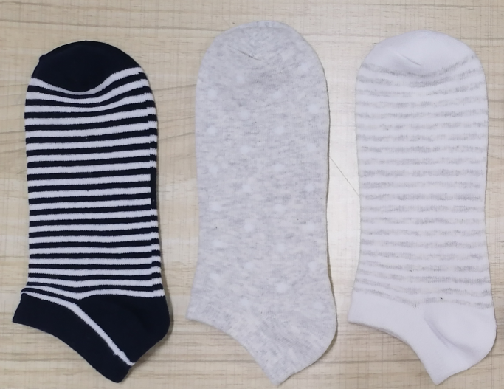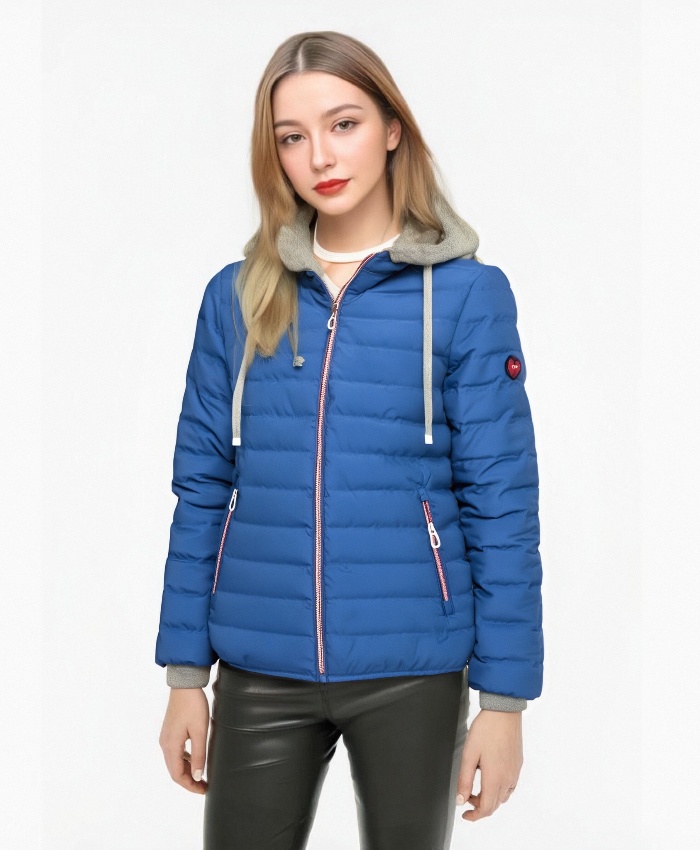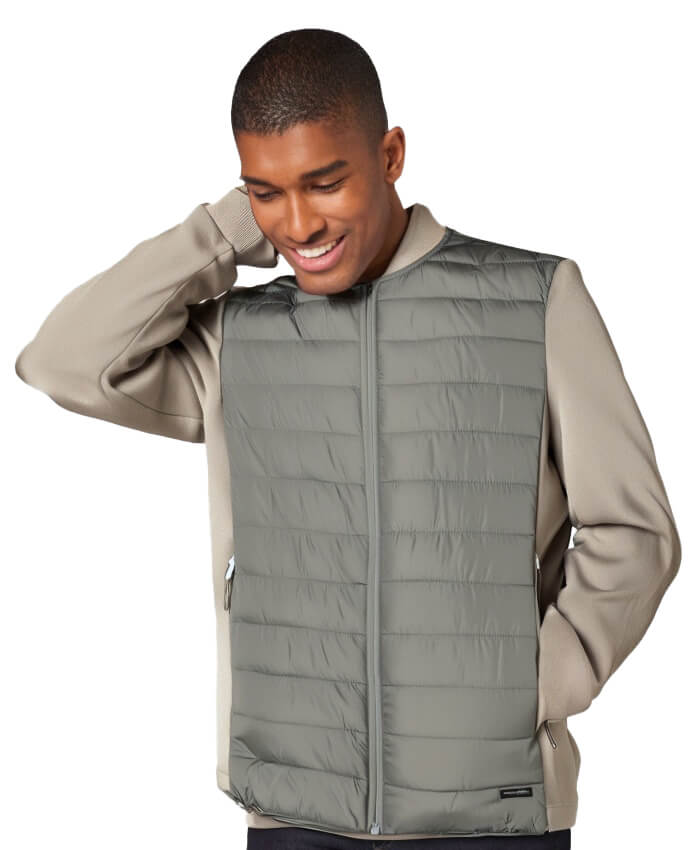Когда речь идет об одежде, мало что так необходимо, как одежда, которая адаптируется к сезонам. От легких летних платьев до уютных зимняя одеждаПравильно подобранная одежда не только позволяет нам чувствовать себя комфортно, но и отражает наш личный стиль. Давайте разберемся, как эволюционировала сезонная одежда и что делает современные модели такими универсальными.
1. Наука о сезонных тканях
Выбор сезонной одежды начинается с выбора ткани. Для лета лучше всего подходят дышащие материалы, такие как лен, хлопок и бамбук. Эти натуральные волокна отводят влагу, обеспечивая приток воздуха и сохраняя прохладу. С другой стороны, в зимней одежде используются теплоизолирующие ткани, такие как шерсть, флис и термобелья. Такие инновации, как теплоулавливающие мембраны в верхней одежде (например, куртки с пуховым наполнителем или пальто с термоподкладкой), обеспечивают тепло без лишнего объема.
Совет профессионала: Многослойность - это ключ к успеху! Легкие базовые слои из мериносовой шерсти отлично сочетаются со свитерами средней плотности и защитой от непогоды, обеспечивая максимальную адаптацию к зиме.
2. Цветовые палитры, соответствующие временам года
Сезонная одежда - это не только функциональность, но и настроение. В летних коллекциях часто встречаются яркие оттенки, такие как коралловый, бирюзовый и желтый подсолнух, отражающие энергию солнечных дней. Осень приносит земляные тона: жженый оранжевый, оливково-зеленый и глубокий бордовый. Зима склоняется к нейтральным цветам (черный, серый, кремовый) с вкраплениями драгоценных оттенков, а весна возрождает пастельные тона, такие как лаванда и мята.
Интересный факт: Цвет года по версии Pantone часто влияет на сезонные тенденции в одежде. В 2023 году "Viva Magenta" вдохновил на создание смелых зимних аксессуаров и ярких пальто.
3. Возвышение переходной одежды
Верхняя одежда больше не ограничивается экстремальной погодой. Дизайнеры теперь делают акцент на вещах, которые объединяют сезоны. Подумайте о тренчах со съемными подкладками, стеганых жилетах, которые надеваются поверх свитеров, или легких парках, идеально подходящих для прохладных летних вечеров. Такие бренды, как Patagonia и COS, преуспели в создании верхней одежды, которая легко переходит с городских улиц на горные тропы.
Must-Have Picks:
- Водостойкий тренч для дождливой весны.
- Двусторонняя куртка-пуховик (одна сторона нейтральная, другая смелая) для зимней универсальности.
- Блейзер из льняного бленда для перехода от лета к осени.
4. Устойчивая сезонная мода
Экологический ущерб, наносимый быстрой модой, подтолкнул бренды к переосмыслению сезонной одежды. Инициативы циркулярной моды, такие как программа утилизации одежды H&M или линия "Renew" от Eileen Fisher, поощряют потребителей возвращать старую одежду для повторного использования. В то же время платформы проката, такие как Rent the Runway, позволяют пользователям "одалживать" сезонную одежду на короткий срок, сокращая количество отходов.
Знаете ли вы? На производство одного зимнего пальто уходит более 1 000 литров воды. Выбор в пользу одежды, бывшей в употреблении или переработанной, значительно сокращает этот показатель.
5. Тенденции будущего: Умная сезонная одежда
Технологии меняют форму сезонной одежды. Куртки с солнечным подогревом, купальники с защитой от ультрафиолета и ткани, регулирующие влажность, больше не являются фантастикой. Такие бренды, как Vollebak, экспериментируют с одеждой с графеновой подкладкой, которая сохраняет тепло тела, а Ministry of Supply использует материалы с фазовым переходом, вдохновленные NASA, чтобы сохранить прохладу летом и тепло зимой.





